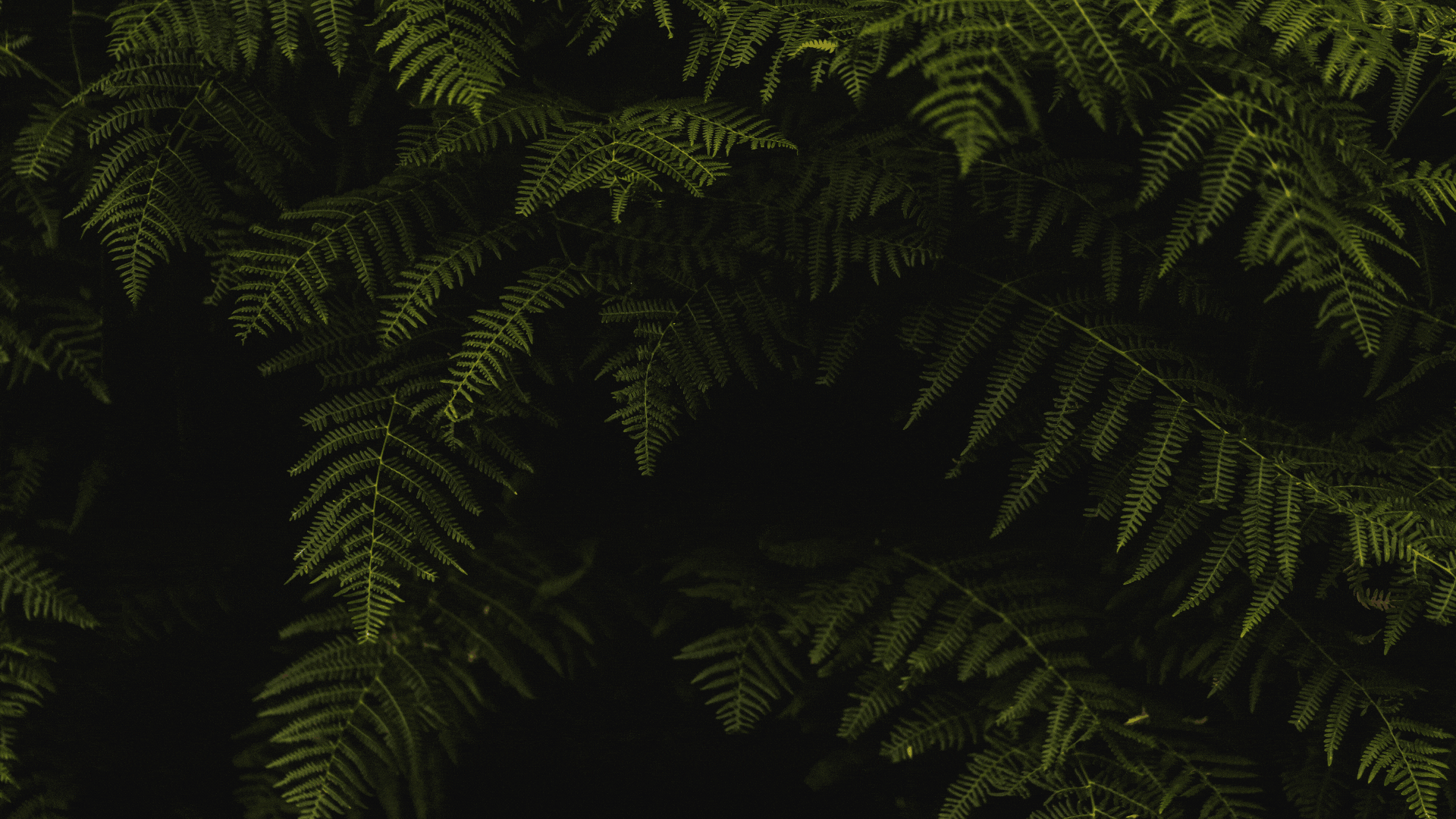 Sunflowers make a spectacular addition to many growers’ gardens for at least one reason: they’re beautiful! Botanically, all of about 70 true sunflower species fall into the genus Helianthus. Its name is derived from Greek “helios” for sun and “anthos” for flower. The most commonly cultivated species is Helianthus annuus, and it makes many appearances on our list (also known as the common sunflower.) Except for a few species native to South America, all of the sunflower species are native to North America.
Sunflowers make a spectacular addition to many growers’ gardens for at least one reason: they’re beautiful! Botanically, all of about 70 true sunflower species fall into the genus Helianthus. Its name is derived from Greek “helios” for sun and “anthos” for flower. The most commonly cultivated species is Helianthus annuus, and it makes many appearances on our list (also known as the common sunflower.) Except for a few species native to South America, all of the sunflower species are native to North America.
IDENTIFY NEW PLANTS WITH PLANTSNAP
For each sunflower listed below, you’ll see its Latin name (species name) in italics, followed by its common name. If you’d like to grow any of these sunflowers yourself, your local garden shop will likely know most of these by their common name. In order to further aid in the home-growing process, we’ve included some basic sun, soil, water, and biological information for each variety.
Sunflower Varieties – Helianthus annuus
To start off, we’ll cover some of the most common H. annuus varieties. These are all part of the same species, but each has been bred to display some notable characteristic, whether that is height or color or anything else the cultivator chose.
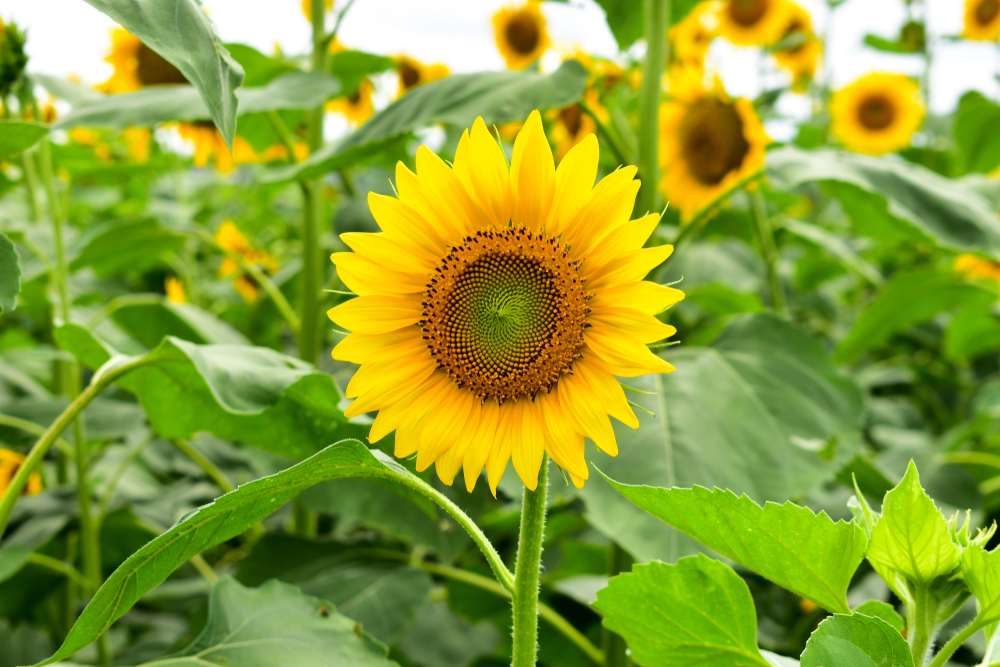
Russian Mammoth
- Flower Height: 9-12 feet
- Sun/Water/Soil: Full sun, neutral to alkaline soil
- Hardiness Zones: 2-11
- Unique Features: Russian mammoths, as the name would imply, are noted for their size. Some of their flowers can measure more than a foot across.
American Giant
- Flower Height: 10-16 feet
- Sun/Water/Soil: Full sun, neutral to alkaline soil, moist soil
- Hardiness Zones: 7-11
- Unique Features: American giants are very, very tall sunflowers. Towering over 16 feet in some cases, they can be 10-20 times larger than some dwarf sunflower species.
Sundance Kid
- Flower Height: 24 inches
- Sun/Water/Soil: Full sun, neutral to alkaline soil, down to pH 5.5
- Hardiness Zones: 4-9
- Unique Features: Sundance kid flowers grow quickly and produce seeds that are great for roasting.
Suntastic Yellow with Black Center
- Flower Height: 20 inches
- Sun/Water/Soil: Full sun, neutral to alkaline soil, down to pH 5.5
- Hardiness Zones: 2-11
- Unique Features: This plant is known for its speed and abundance; with proper care, it can bloom two months after planting and produce more than 20 flowers, typically in late summer. Although the name says “black,” this variety often has a dark brown center.
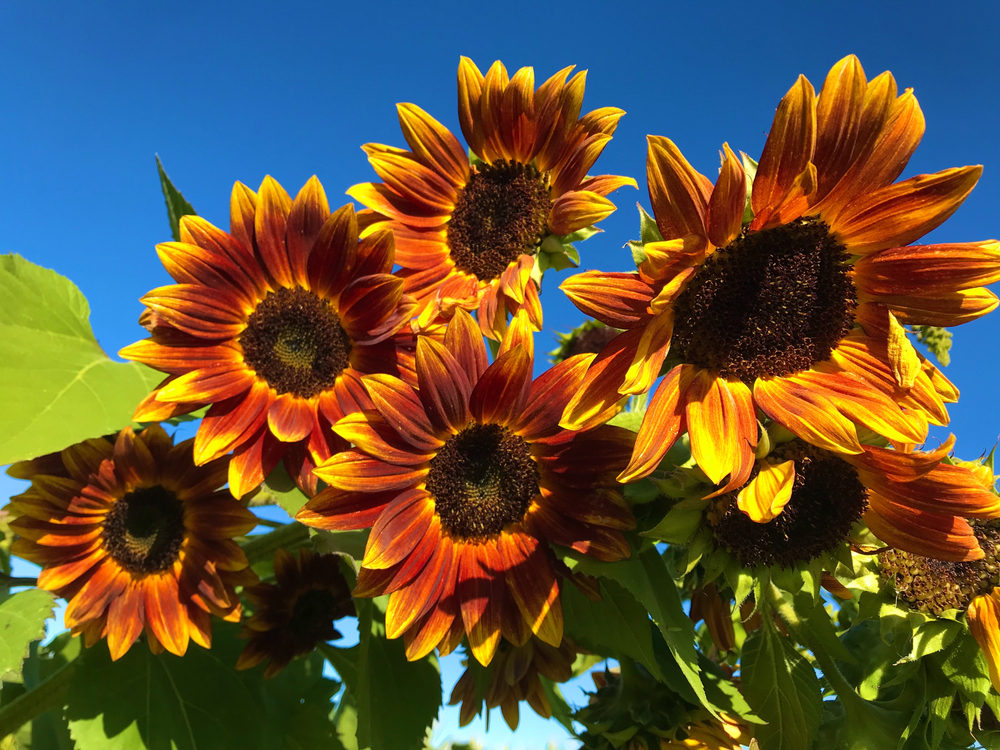
Earthwalker
- Flower Height: 7-9 feet
- Sun/Water/Soil: Full sun, alkaline soils no greater than pH 6.5
- Hardiness Zones: 3-9
- Unique Features: The different colors of the Earthwalker make it very unique: mottled red petals and orange petals radiate out from the center of each flower. This flower is particularly popular with pollinators.
Ms. Mars
- Flower Height: 20-30 inches
- Sun/Water/Soil: Full sun, make sure to keep the soil moist
- Hardiness Zones: 5-9
- Unique Features: The Ms. Mars cultivar can produce edible seeds approximately three months after planting.
Moulin Rouge
- Flower Height: 60-80 inches
- Sun/Water/Soil: Full sun, alkaline soil
- Hardiness Zones: 2-11
- Unique Features: Careful not to over-fertilize the Moulin Rouge, it can grow too fast and develop abnormal-looking flowers.
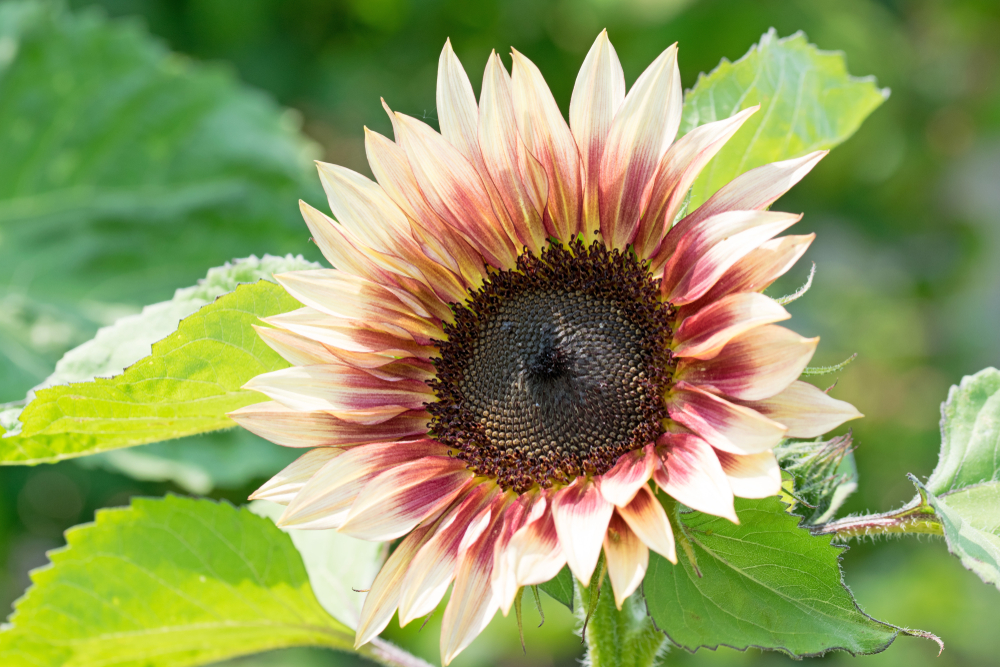
Strawberry Blonde
- Flower Height: 5-6 feet
- Sun/Water/Soil: Full sun, alkaline soil
- Hardiness Zones: 2-11
- Unique Features: This is one of several sunflower types that is deer-resistant.
Skyscraper
- Flower Height: 12 feet
- Sun/Water/Soil: Full sun, neutral to alkaline soil
- Hardiness Zones: 3-9
- Unique Features: This variety is among the tallest sunflowers. Picking seeds will almost certainly require a ladder!
Sunforest Mix
- Flower Height: 10-15 feet
- Sun/Water/Soil: Keep soil moist, once mature, these sunflowers can withstand moderate drought
- Hardiness Zones: 3-9
- Unique Features: Sunforest mix sunflowers are another giant variety of sunflowers. Because these flowers grow so large, they should be plated roughly three feet apart.
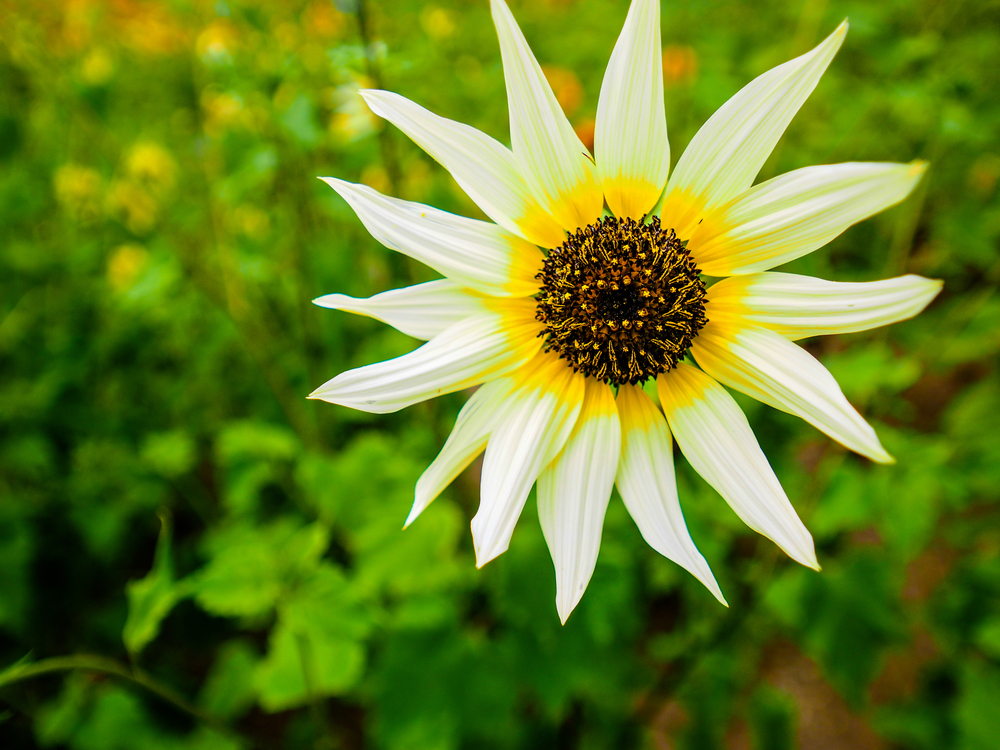
Italian White
- Flower Height: 5-7 feet
- Sun/Water/Soil: Full sun, neutral to alkaline soil
- Hardiness Zones: 2-11
- Unique Features: These sunflowers are unique because of their white flower petals. These off-yellow sunflowers often have a tinge of orange around their centers, but they have predominantly white petals.
Teddy Bear
- Flower Height: 4-5 feet
- Sun/Water/Soil: Full sun, neutral to alkaline soil
- Hardiness Zones: 2-11
- Unique Features: The flowers of the Teddy Bear hybrid are very distinct. They look like small, yellow petals that look like puffballs.
Chianti
- Flower Height: 4-5 feet
- Sun/Water/Soil: Full sun, will tolerate partial shade
- Hardiness Zones: 3-10
- Unique Features: These beautiful red sunflowers are known for their deep terracotta coloration.
Sunflower Varieties – Other Species
While H. annuus is the most common species of sunflower – there are so many more! These flowers all fall within the same family, but they are different species.
Helianthus schweinitzii “Schweinitz’s Sunflowers“
- Flower Height: 6-7 feet
- Sun/Water/Soil: Full sun
- Hardiness Zones: 7-8, likely
- Unique Features: Schweinitz’s sunflowers are endangered and their natural range only exists with the Carolinas.
Helianthus tuberosus “Jerusalem Artichoke“
- Flower Height: 6-10 feet
- Sun/Water/Soil: Full sun, can tolerate partial shade and most soil conditions
- Hardiness Zones: 3-9
- Unique Features: The Jerusalem is loved because it is so easy to grow – but the flip side is that it can be hard to remove!
Helianthus giganteus “Giant Sunflowers“
- Flower Height: 4-10 feet
- Sun/Water/Soil: Full sun, can tolerate most soil conditions
- Hardiness Zones: 2-11
- Unique Features: Careful when planting giant sunflowers! They are a great groundcover plant and will spread very quickly.
Helianthus maximiliani “Maximilian Sunflower“
- Flower Height: 3-10 feet
- Sun/Water/Soil: Slightly moist to dry soil, if in full sun, increase watering
- Hardiness Zones: 3-11
- Unique Features: The mature size of the Maximilian sunflower will drastically depend on local conditions, humidity, soil pH, and nutrients.
Helianthus angustifolius “Swamp Sunflower“
- Flower Height: Up to 8 feet
- Sun/Water/Soil: Full sun, acidic, and moist or wet soil
- Hardiness Zones: 5-9
- Unique Features: Unlike most sunflowers, the Swamp sunflower thrives in wet soil conditions. It is a good choice for humid areas in the upper hardiness zones.
Helianthus argophyllus “Silverleaf Sunflower“
- Flower Height: 4-6 feet
- Sun/Water/Soil: Full sun, moist to dry soil
- Hardiness Zones: 2-11
- Unique Features: The Silverleaf can grow in most hardiness zones, but it will reach its full height potential in the upper parts of its range (9-11).
Helianthus atrorubens “Appalachian Sunflower“
- Flower Height: 3-4 feet
- Sun/Water/Soil: Partial sun, is drought tolerant, so a well-draining, rocky soil is ideal
- Hardiness Zones: 6-8
- Unique Features: While less picturesque than some other species on this list, the Appalachian sunflower makes for great groundcover that won’t be quite as dominating as some other Helianthus species.
Helianthus carnosus “Lakeside Sunflower“
- Flower Height: 2-3 feet
- Sun/Water/Soil: Moist to wet soil is recommended with full sun
- Hardiness Zones: 8-11
- Unique Features: Similar to the Swamp sunflower, the Lakeside grows best in hot, humid, wet soil conditions. The Lakeside typically blooms in early fall.
Helianthus gracilentus “Slender Sunflower“
- Flower Height: 2-7 feet
- Sun/Water/Soil: Full sun, low moisture
- Hardiness Zones: 5-11
- Unique Features: The Slender sunflower is just that – slender. It is prized for its tiny yet brilliantly colored petals.
Helianthus laciniatus “Alkali Sunflower“
- Flower Height: 3-5 feet
- Sun/Water/Soil: Dry soil, neutral to alkaline, full sun
- Hardiness Zones: 6-11
- Unique Features: The Alkali sunflower is unique in that it grows fairly well in the Chihuahuan Desert.
Helianthus neglectus “Neglected Sunflower“
- Flower Height: 3-6 feet
- Sun/Water/Soil: Extremely sandy soil, dry, full sun
- Hardiness Zones: 8-11
- Unique Features: The Neglected sunflower is relatively rare and grows well on sandy hillsides in New Mexico and Texas.
Helianthus niveus “Showy Sunflower“
- Flower Height: 3-5 feet
- Sun/Water/Soil: Dry, sandy soil, full sun
- Hardiness Zones: 8-11
- Unique Features: The Showy sunflower is rather small and its petals are covered in a short, soft fuzz.
Helianthus occidentalis “Western Sunflower“
- Flower Height: 1-4 feet
- Sun/Water/Soil: Does not tolerate shade well, keep the soil moist
- Hardiness Zones: 3-9
- Unique Features: The Western sunflower is a bit of a misnomer as it grows particularly well in the cooler regions of the upper midwest.
Helianthus paradoxus “Pecos Sunflower“
- Flower Height: 2-4 feet
- Sun/Water/Soil: Full sun, dry, alkaline soil
- Hardiness Zones: 3-9
- Unique Features: While the Pecos sunflower is relatively moderate in its height, the petals can be extremely small – sometimes only an inch long.
Helianthus pauciflorus “Stiff Sunflower”
- Flower Height: 2-6 feet
- Sun/Water/Soil: Mildly dry soil, full sun
- Hardiness Zones: 2-11
- Unique Features: The Stiff sunflower is one of the most commonly cultivated perennial sunflowers.
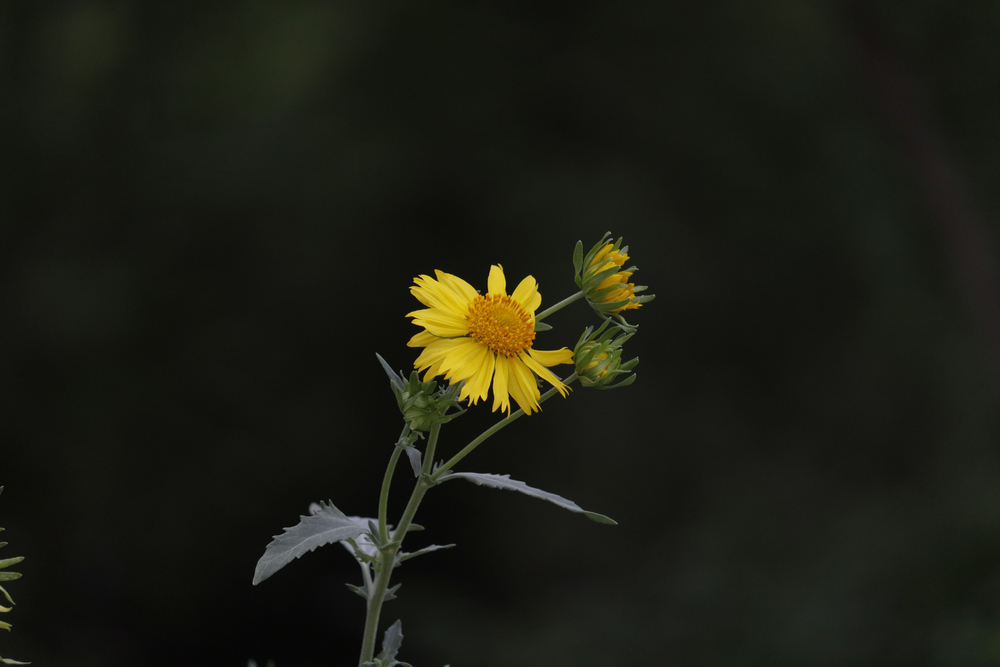
Helianthus petiolaris “Prairie Sunflower“
- Flower Height: 3-5 feet
- Sun/Water/Soil: Dry, sandy soil, full sun
- Hardiness Zones: 3-11
- Unique Features: The leaves of the Prairie sunflower can vary widely depending on local conditions, rain, and soil pH.
Helianthus porteri “Porter’s Sunflower”
- Flower Height: 3-4 feet
- Sun/Water/Soil: Full sun, acidic soil
- Hardiness Zones: 6-11
- Unique Features: The Porter’s sunflower tends to grow like a bush – thus while it doesn’t make great groundcover, it can fill in a cutting garden very nicely.
Helianthus resinosus “Resindot Sunflower“
- Flower Height: 6-8 feet
- Sun/Water/Soil: Unlike most sunflowers, the Resindot prefers partial shade, about 4-6 hours of direct sunlight per day
- Hardiness Zones: 7-11
- Unique Features: Depending on growing conditions, each Resindot stem can produce up to five flower heads.
Dwarf Sunflowers
The term “dwarf” can have many different meanings in the world of botany. A dwarf redwood is a very different size than a dwarf sunflower, for example! For the purpose of the organization in this list, we’ll include sunflowers that typically never grow taller than three feet as “dwarf.”
Helianthus cusickii “Cusick’s Sunflower”
- Flower Height: 1-2 feet
- Sun/Water/Soil: Very shade-intolerant, full sun is mandatory
- Hardiness Zones: 7-10
- Unique Features: The Cusick’s sunflower is commonly grown for its edible roots.
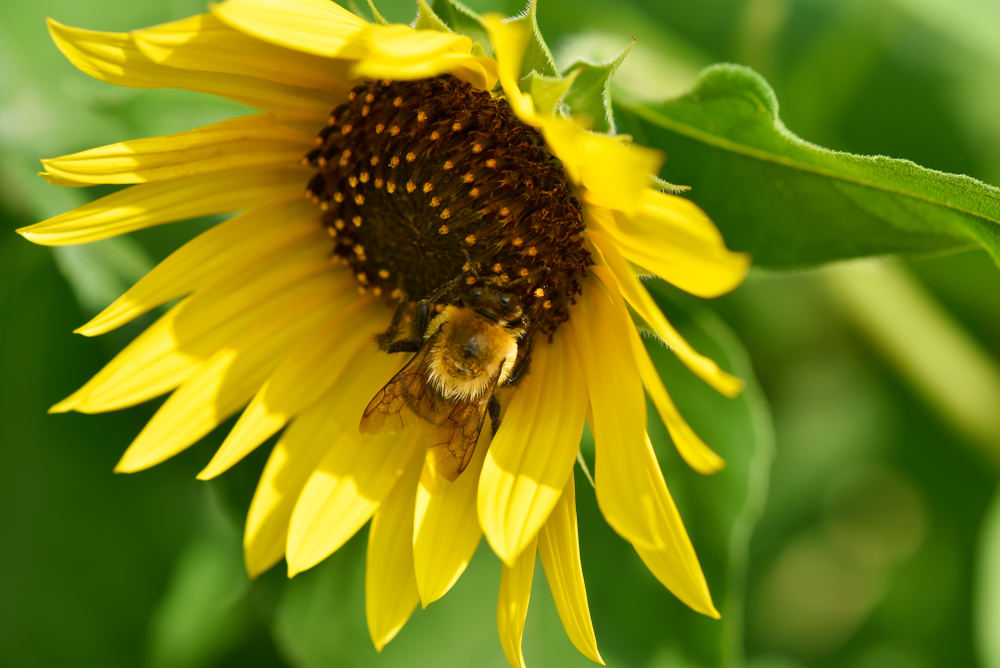
Helianthus annuus “Pacino Cola”
- Flower Height: 14 inches
- Sun/Water/Soil: Full sun, well-draining soil
- Hardiness Zones: 6-11
- Unique Features: This H. annuus cultivar requires a lot of fertilizer, especially those high in nitrogen.
Helianthus annuus “Little Becka Hybrid”
- Flower Height: 2-3 feet
- Sun/Water/Soil: Full sun, can tolerate drought once established
- Hardiness Zones: 4-10
- Unique Features: The bicolor little Becka looks somewhat similar to the Earthwalker, except for its dwarf size.
Helianthus annuus “Sungold Sunflower”
- Flower Height: 2-3 feet
- Sun/Water/Soil: Full sun, dry to moist soil
- Hardiness Zones: 3-11
- Unique Features: Also known as the “dwarf Sungold,” this plant may be small, but it produces huge, 5-inch across flowers.
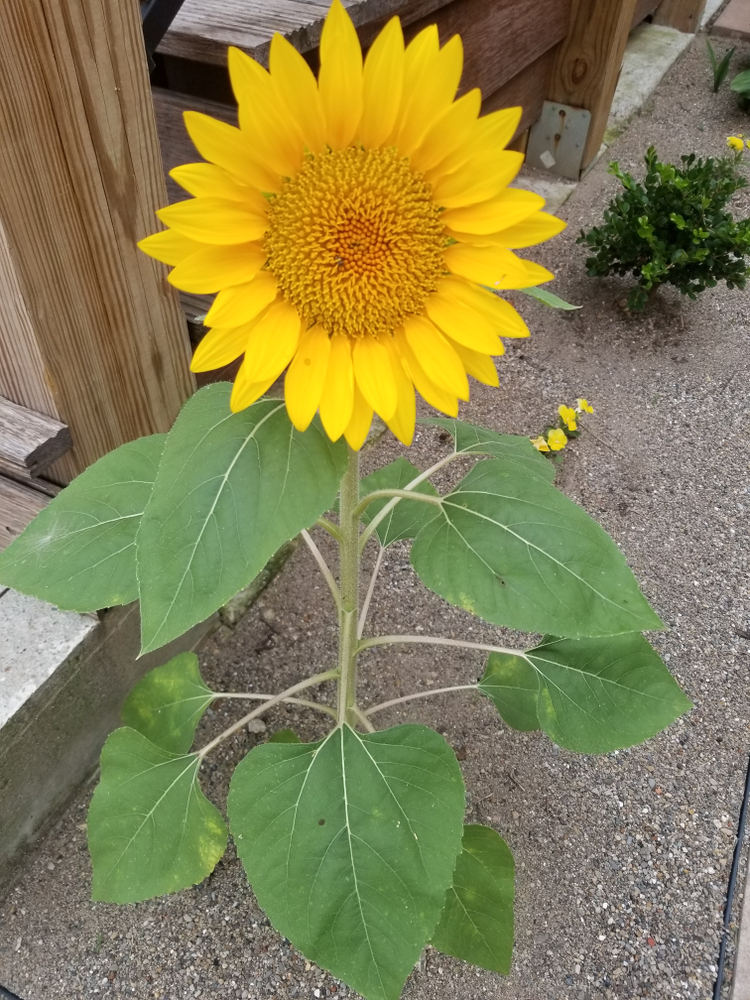
Helianthus annuus “Elf Sunflower”
- Flower Height: 14-16 inches
- Sun/Water/Soil: Full sun, moist, alkaline soil
- Hardiness Zones: 3-11
- Unique Features: The Elf sunflower is amongst the smallest dwarf varieties of Helianthus
Helianthus radula “Rayless Sunflower”
- Flower Height: 1-2 feet
- Sun/Water/Soil: Full sun, dry, sandy soil
- Hardiness Zones: 8-9
- Unique Features: This might be the funkiest sunflower on the list because it doesn’t look anything like a sunflower! The flower itself is one of the darkest sunflowers, typically dark red wine color and brown, and the petals are mostly small and retracted.
Closing Thoughts
And there you have it! While we couldn’t possibly cover every single sunflower species and variety, this list is a good starting point to decide which kinds of sunflowers will grow in your area and fit into your garden. Happy planting!










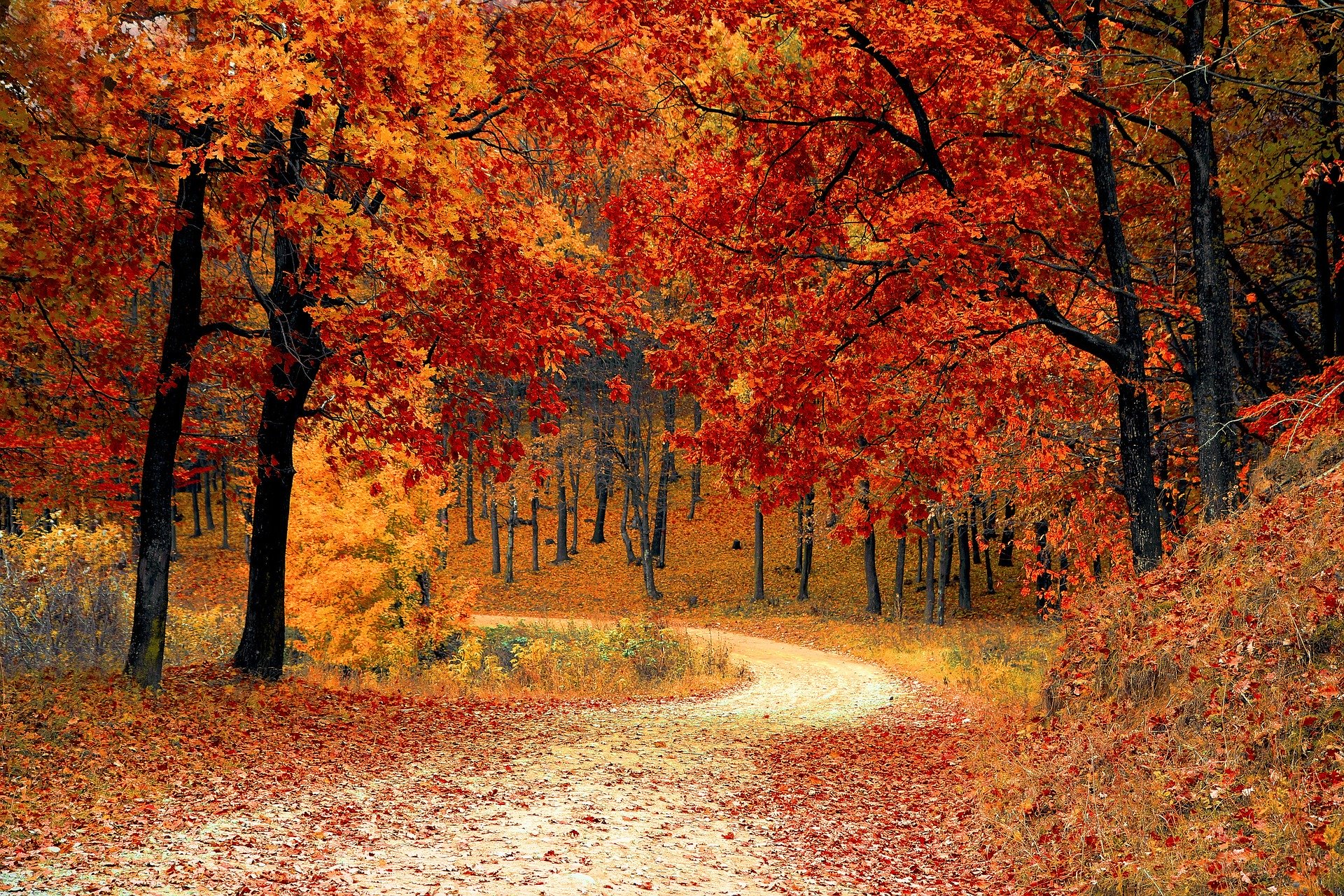
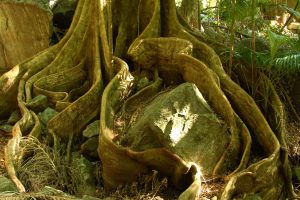

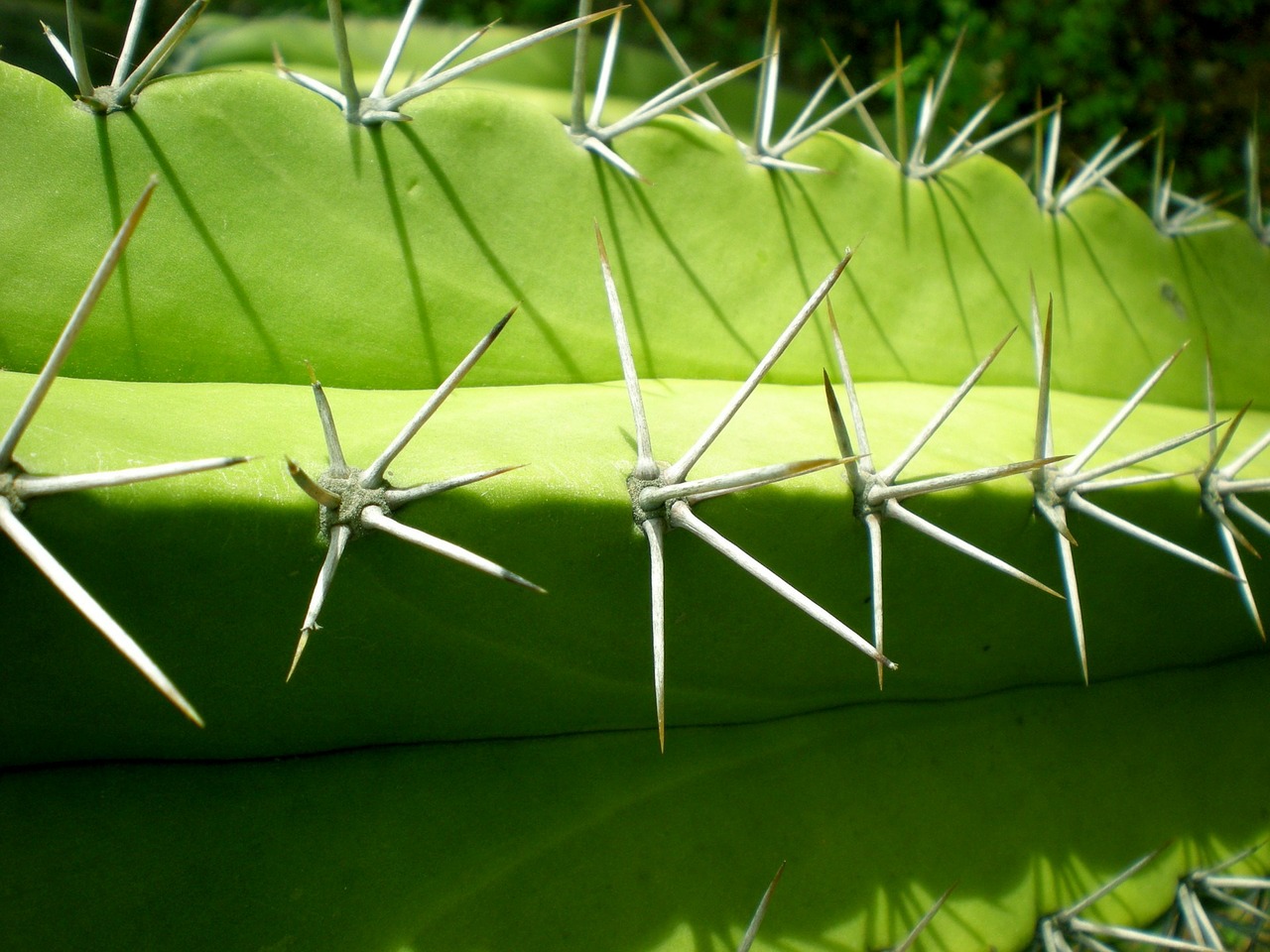
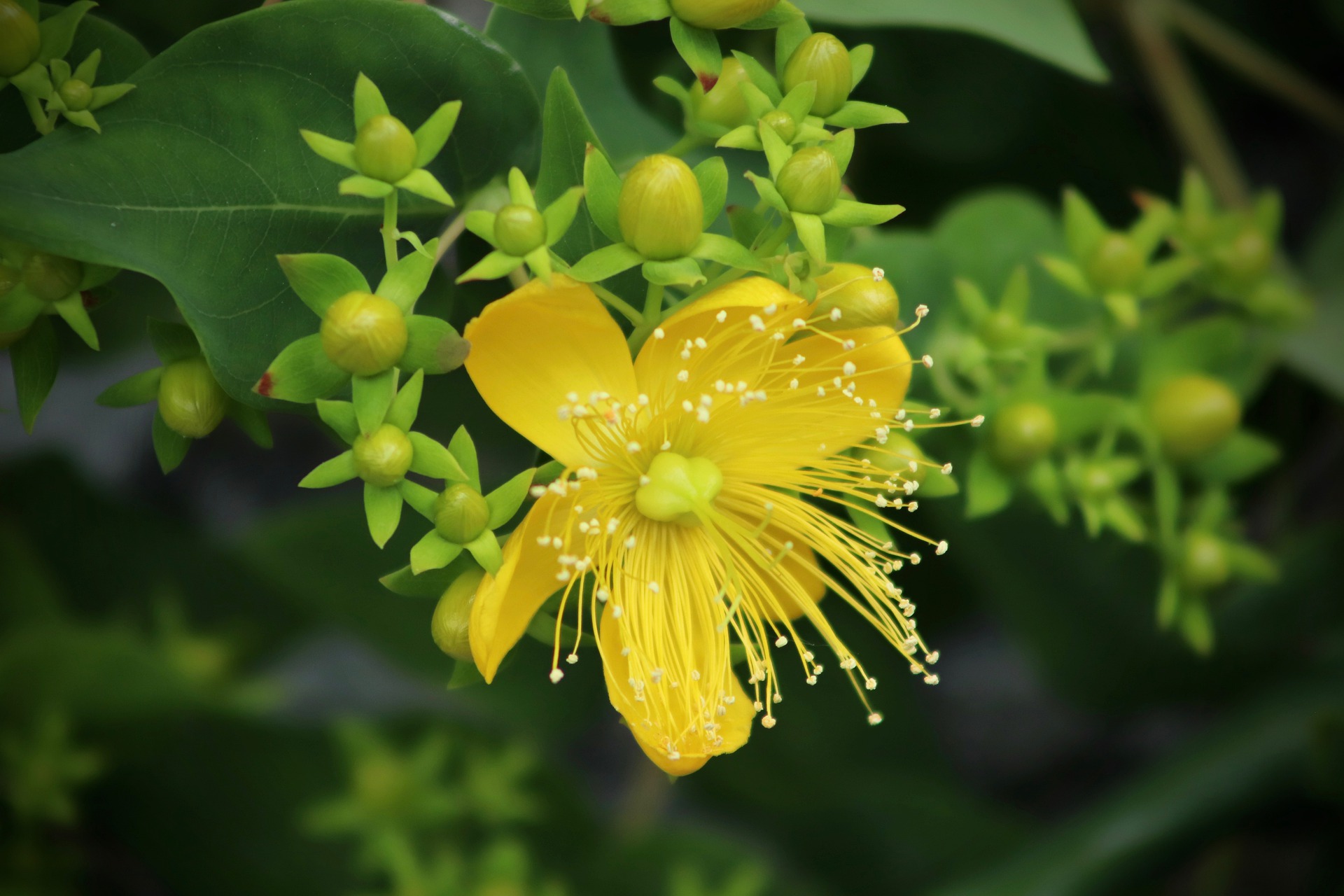
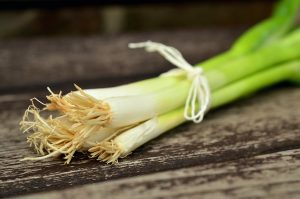
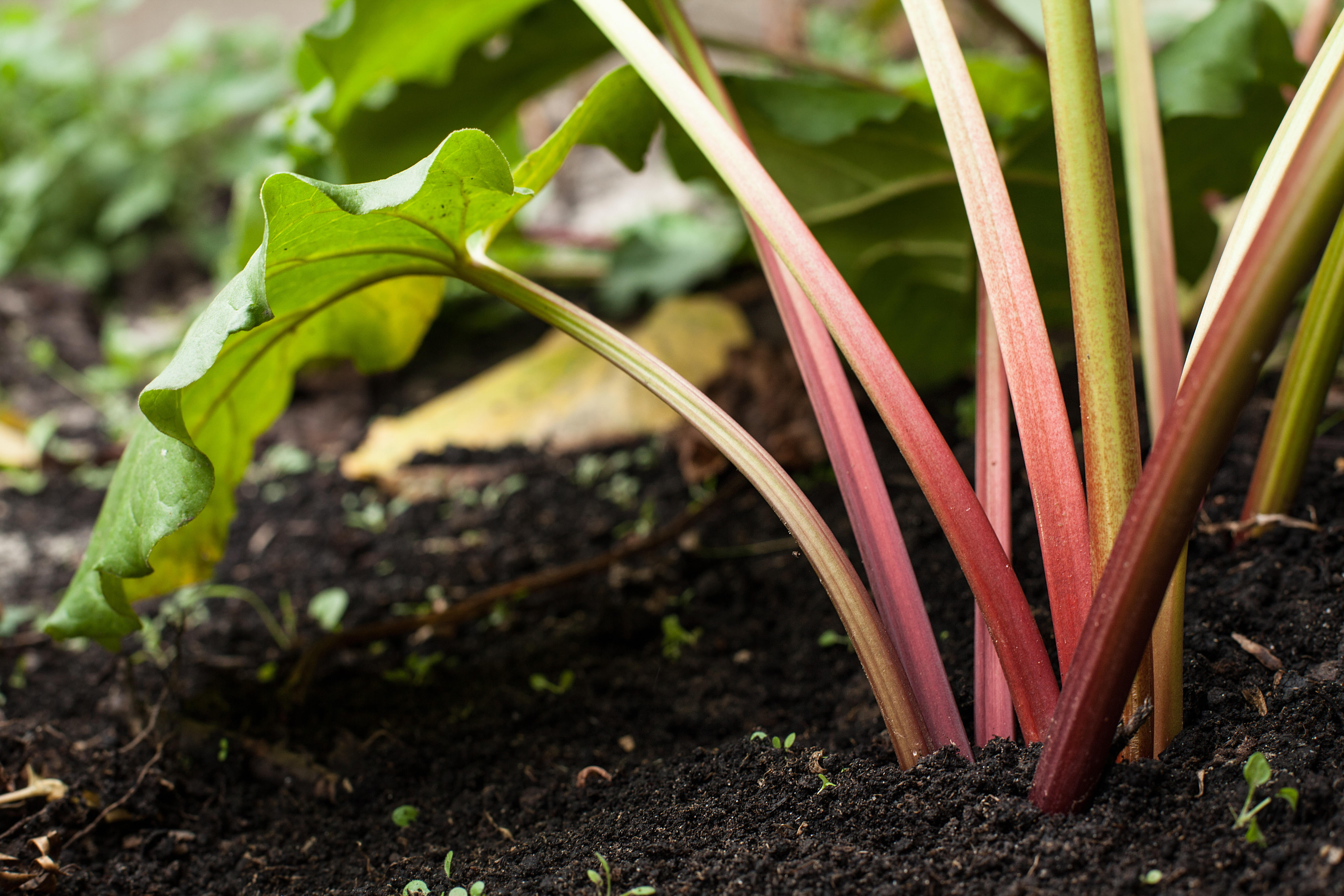

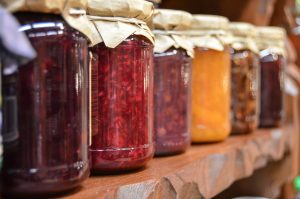

0 Comments